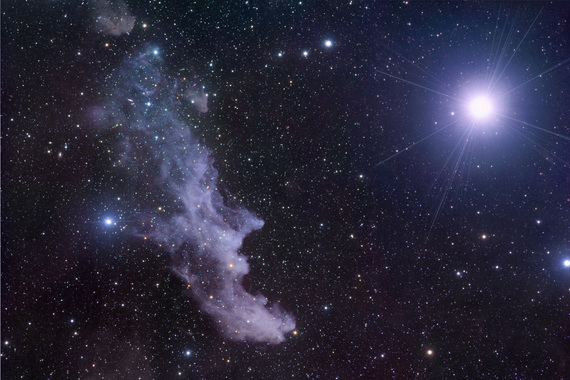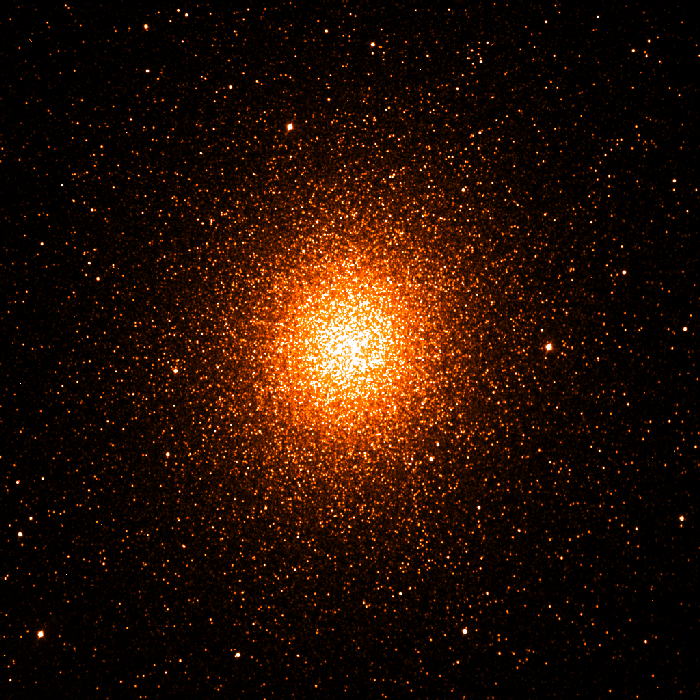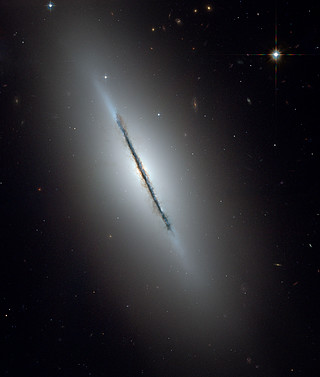UFOs seem to be popping up in the news. China is having a rash of sightings compromising certain airports in their country, and the National Press Club had a news conference on September 27, 2010 with retired Air Force personnel recounting their experiences.
So, UFOs, real or imaginary?
To paraphrase Carl Sagan, extraordinary claims require extraordinary evidence, we have to ask, where’s the evidence? Surely, UFOs are extraordinary objects, but we don’t seem to have the hard physical evidence. Some might argue that there is physical evidence, but it is locked up on some high security military base, or buried in a nondescript government warehouse. So, the general public doesn’t have access to that. What we do have is a small percentage of sightings that can not be explained as the planet Venus, weather balloons, airplanes, etc. Within this group of unexplained cases we find that a percentage of those sightings were made by people with professional backgrounds—pilots, police officers, military personnel, and astronauts— that lend credibility to their reports. They knew enough and had enough experience to report an incident that could not be dismissed with one of the typical explanations.
I think we are too short-sighted and conceited to admit that there is other intelligent life in our galaxy/universe. The argument is often put forth that the physics prevents interstellar travel, so it is impossible that these sightings are extraterrestrial in origin. To think that we know everything there is to know about the physics of the cosmos is as faulty today as it was in the late 1800s when scientists thought there was nothing more to learn. They had discovered electricity, magnetism, gravity…What else was there to discover? It was around the turn of the century that X-rays were discovered, and a few years later Einstein came up with his theories about the photoelectric effect and relativity, and it goes on and on. There is a lot out there we haven’t a clue about yet!
For me, it’s not hard to see that we don’t know everything about everything. And, with over 300 billion stars in this galaxy, which is over 10 billion years old, and with an unimaginable number of planets orbiting those stars, odds are that there are many extraterrestrial civilizations out there. Personally, I think that they’ve been here and checked us out more than once.
Why? Who knows? Maybe one day we will get to ask them in person.
I’ve been working on a new novel for the last year or so that involves a unique UFO encounter. This all adds incentive to finish it up sooner!
Till next time,
RC Davison









